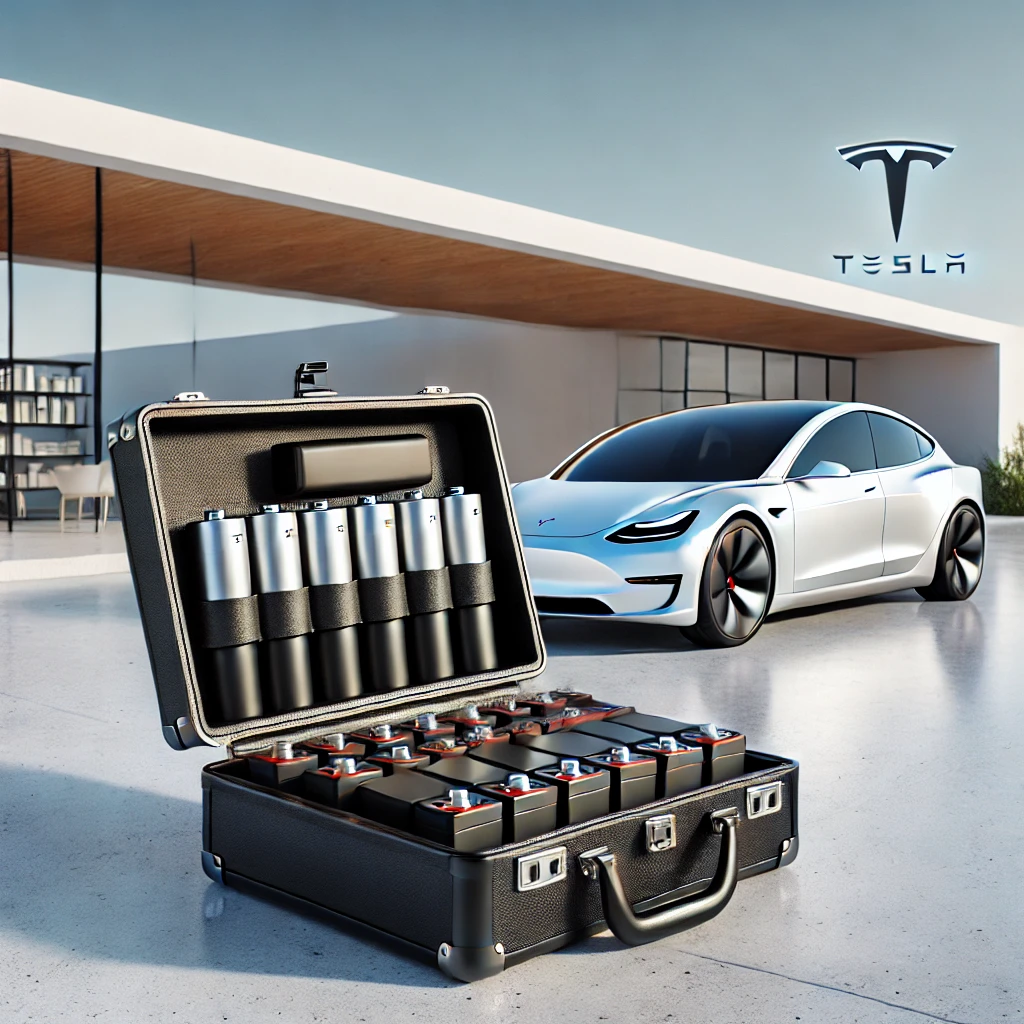Imagine EV battery technology improving in cost and efficiently similar to what computers have done as represented by Moore’s Law. Projected improvements will be substantial. Just image, in a dozen years one EV charge could get you from NYC to LA and back. Future OEM and/or aftermarket EV batteries might fit in a briefcase and weigh less than twenty pounds vs nearly half a ton as is the case today. Finally, you’d drop-off and pick-up an energy source like you to do today with propane tanks for your outdoor grill, leaving the old unit in the slot where you grabbed the replacement and you’re on your way.
I asked an A.I. model to extrapolate the efficiency of EV batteries over one dozen years using Moore’s Law and here is the answer. Moore’s Law specifically pertains to the doubling of transistor density on integrated circuits, not directly to battery efficiency. However, if we were to apply a similar exponential growth model to battery technology, we might see significant improvements in energy density and efficiency over time. Let’s imagine a hypothetical scenario where battery efficiency doubles every two years, similar to Moore’s Law: – Year 1: Battery efficiency = 1x – Year 3: Battery efficiency = 2x – Year 5: Battery efficiency = 4x – Year 7: Battery efficiency = 8x – Year 9: Battery efficiency = 16x – Year 11: Battery efficiency = 32x – Year 13: Battery efficiency = 64x So, according to this extrapolation, over one dozen years, the efficiency of EV batteries could potentially increase by a factor of 64 times compared to the starting point. However, it’s important to note that this is a simplified and speculative projection, and actual progress may vary depending on technological advancements, practical limitations, and other factors.
How about cost, I asked? If we were to speculate on cost reduction in a similar manner to Moore’s Law: – Year 1: Battery cost = 1x – Year 3: Battery cost = 0.5x – Year 5: Battery cost = 0.25x – Year 7: Battery cost = 0.125x – Year 9: Battery cost = 0.0625x – Year 11: Battery cost = 0.03125x – Year 13: Battery cost = 0.015625x So, over one dozen years, the cost of EV batteries could potentially decrease to about 1/64th of the initial cost, assuming a similar exponential reduction pattern. However, this is a simplified projection and actual cost reductions will depend on various factors including raw material prices, manufacturing efficiency, and market dynamics.
How about size, I asked? If we were to speculate on size reduction over one dozen years in a manner similar to Moore’s Law: – Year 1: Battery size = 1x – Year 3: Battery size = 0.5x – Year 5: Battery size = 0.25x – Year 7: Battery size = 0.125x – Year 9: Battery size = 0.0625x – Year 11: Battery size = 0.03125x – Year 13: Battery size = 0.015625x So, over one dozen years, the size of EV batteries could potentially decrease to about 1/64th of the initial size, assuming a similar exponential reduction pattern. However, practical limitations such as energy density and packaging constraints will also influence the actual reduction in size.
Today, the average cost of Tesla’s Model Y is around $60K. It has a distance range on a single charge of around 244 miles or more with the upgraded model. Further, the size of the battery is roughly 5’ x 2’ and weighs approximately 1,200 lbs. Using Moore’s Law as a baseline model, what I imagine possible is a replacement EV battery that cost a few hundred bucks, has a range of over 15,000 miles per charge, the size and weight of a briefcase. You’ll want to own and keep an EV for the future as technology efficiencies will skyrocket its’ value. The time-tested Moore’s Law may be ripe for an update as it might be just too conservative for our exciting future designing by ingenuity and artificial intelligence.
Before we can create, we must imagine!
